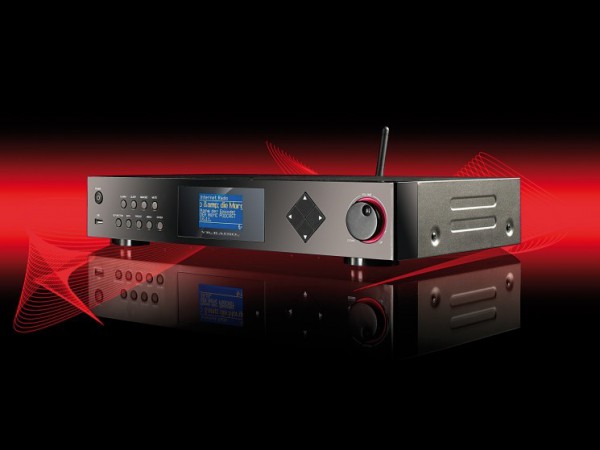

The dragging ductus gradually transforms into a general shimmering and a transition of the theme into a brightened scenario with harp accompaniment. The strings enter elegantly and are carried by the solo instrument, which continues the theme. A long, dragging march is intoned at the very beginning, and the cello theme is soon taken up by the oboe. The composer subsequently dedicated the 2nd movement to his mother, who had been killed by the Nazis during the march to Auschwitz. Bürger allows the movement to end only with the winds, supported by the cello. Again and again, the little theme, spanning barely 3 measures, emerges across the orchestra. Soon the musical action becomes lightly dance-like and develops into a slow flow in which the rhythmic pulsations repeat themselves. After a quiet introduction, the winds form and release a pulsating rhythm that the orchestra and cello pick up. Technique is only one component of a successful performance, but filling the work with soul makes the difference that Litvinenko was able to show the audience. Impressive were not only the technically difficult passages, mastered with bravura, but especially the intimacy and sensitivity of her solo in the last movement. A good choice, as far as the solo part of the cello concerto was concerned, which was played afterwards, had been made with Anna Litvinenko. They finally manage to leave behind the wild, the evil, the almost unspeakable, which makes itself audible again and again, and let the work end with a tender euphony. The bass violins at some points literally push the strings to moments of tension, but they are always overcome by them.


Flowing gently, it darkened briefly every now and then to expose more dramatic material. The opening was an Adagio for string orchestra, from 1978, which was the only work that had ever been performed in Austria. The range of works heard in Vienna was rich. Photo: Benjamin Pieber – Herzog Media Adagio for String Orchestra If Pohl had not met with the composer, one may assume with great certainty that his works, which were collected in a small piece of furniture, would have been disposed of after his death when the apartment was vacated. Only after contact was made with Gerold Gruber, director of the Exilarte Center for banned Music at the mdw, and Julius Bürger’s musical estate was brought to Vienna, was it possible to perform a concert of works by him here as well. After performances in the USA, it was also played in Israel – by those musicians who had received scholarships from Rose Bürger. He pulled out all the stops to fulfill his client’s wish to hear his Cello Concerto from 1932, which was first performed in 1952 and had not been heard since 1991, once again. Fortunately, Bürger had found a man of action in Pohl. There he received American citizenship, worked at the Metropolitan Opera, but also for radio and television stations as a conductor, arranger and commissioned composer, without, however, completely abandoning his own independent compositional activity. Hitler’s invasion of Austria, however, alarmed him so much that he was able to emigrate to America with his wife in time. Bürger, born and raised in Vienna, had moved to Berlin as a young man with fellow students and his composition teacher Franz Schreker, and thereafter commuted between London, Paris, Berlin and Vienna.

Not yet knowing that Julius Bürger had a remarkable compositional oeuvre to his credit, Pohl asked him whether, due to his advanced age, he might not want to tackle his estate in time, which turned out to be a stroke of luck. He had been hired by Bürger in 1989 to administer the estate of his wife Rose, who had died shortly before, and to give most of the money to young, Israeli musicians. That the pieces were able to be heard at all was thanks to the shrewd actions of Ronald S.


 0 kommentar(er)
0 kommentar(er)
